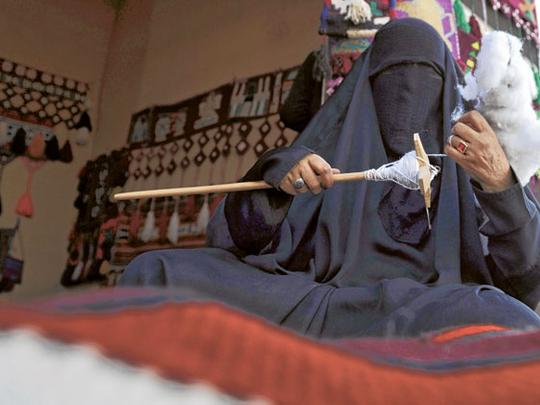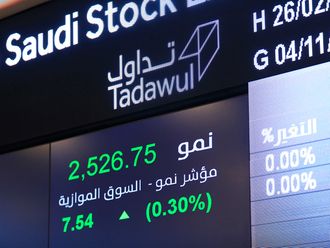
Riyadh: More than 30,000 women in Saudi Arabia will be employed in the kingdom's manufacturing sector over the next three years, a top Saudi official has said.
Ulfat Qabbani, deputy chair of the Industrial Committee at the Jeddah Chamber of Commerce and Industry and deputy chair of the Higher Committee for the Federation of Arab Women Investors, told reporters that women in Saudi Arabia were already active in the fields of pharmaceuticals, clothing, food and manufacturing — but only a fraction of women were employed in the private sector.
But although private companies only accounted for five per cent of working Saudi women, this number has increased by 27 per cent over the last two years, from 40,000 at the beginning of 2006 to 51,000 at the end of 2007.
The public sector is the largest employer of Saudi women, and women currently represent around 30 per cent of government employees. Around 95 per cent of working Saudi women are in the public sector: 85 per cent in education, in both teaching and administrative positions, six per cent in public health, and four per cent in administration.
More generally, since 1992, the rate at which women participate in the Saudi national labour force has nearly tripled, from 5.4 per cent to 14.4 per cent, according to a report by Dr Mona Al Munajjed, Senior Adviser at Ideation Centre, a leading think tank in the Middle East.
Women have traditionally been barred from working in all but a few sectors, but as part of the Saudisation process, the Ministry of Labour recently announced that women could work as receptionists, tailors, banquet-hall employees, nutritionists, governesses, photographers, beauticians, caterers, and hospitality and recreation-industry workers.
Meanwhile, an industry representative in Riyadh yesterday questioned why Saudi Arabia imported one million new vehicles a year despite the availability of 70 per cent of materials — and means to manufacture them — in the kingdom.










